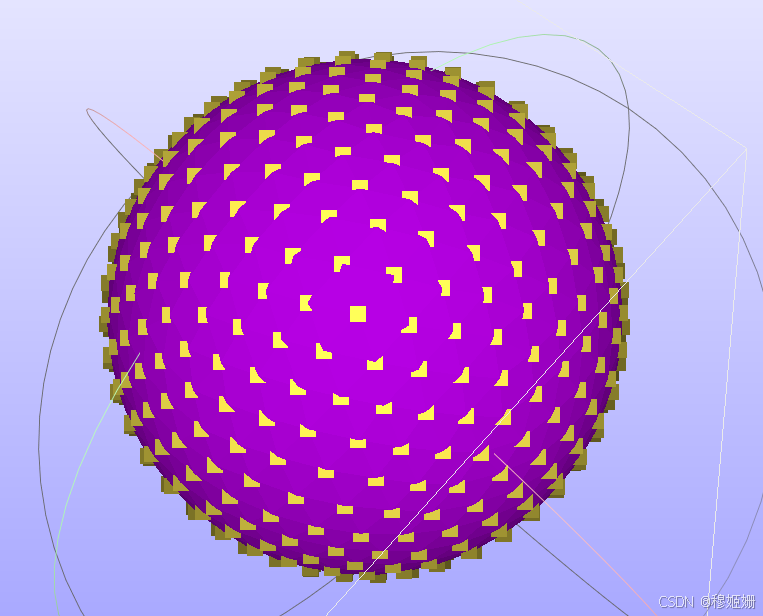装饰器是 Python 中一个非常强大和灵活的特性,用于修改或扩展函数或方法的行为。装饰器本质上是一个高阶函数,它可以接受一个函数作为参数,并返回一个新的函数。装饰器通常用于日志记录、性能测试、事务处理、缓存、权限校验等场景。
基本概念
高阶函数:接受一个或多个函数作为输入,或者输出一个函数的函数。
闭包:一个函数对象,记住了它被定义时的自由变量的值。
基本装饰器
定义装饰器
装饰器通常定义为一个外层函数,这个外层函数返回一个内层函数。内层函数负责执行实际的装饰逻辑。
def my_decorator(func):def wrapper():print("Something is happening before the function is called.")func()print("Something is happening after the function is called.")return wrapper@my_decoratordef say_hello():print("Hello!")say_hello()
装饰器的工作原理
@符号:@decorator 是装饰器的语法糖,等价于 say_hello = my_decorator(say_hello)。
调用过程:
say_hello 被传递给 my_decorator。my_decorator 返回 wrapper 函数。say_hello 现在指向 wrapper 函数。当调用 say_hello() 时,实际上是调用 wrapper()。
带参数的装饰器
有时候,我们希望装饰器本身也能接受参数。这可以通过再嵌套一层函数来实现。
def repeat(num_times):def decorator(func):def wrapper(*args, **kwargs):for _ in range(num_times):result = func(*args, **kwargs)return resultreturn wrapperreturn decorator@repeat(3)def greet(name):print(f"Hello, {name}!")greet("Alice")
保留元数据
使用装饰器后,原始函数的元数据(如名称、文档字符串等)会被覆盖。为了保留这些元数据,可以使用 functools.wraps。
import functoolsdef my_decorator(func):@functools.wraps(func)def wrapper(*args, **kwargs):print("Something is happening before the function is called.")result = func(*args, **kwargs)print("Something is happening after the function is called.")return resultreturn wrapper@my_decoratordef say_hello():"""Say hello to the user."""print("Hello!")print(say_hello.__name__) # 输出: say_helloprint(say_hello.__doc__) # 输出: Say hello to the user.
类装饰器
除了函数装饰器,Python 还支持类装饰器。类装饰器通常用于修改类的行为。
def add_class_method(cls):def decorator(func):setattr(cls, func.__name__, func)return clsreturn decorator@add_class_methodclass MyClass:passdef say_hello(self):print("Hello from MyClass!")instance = MyClass()instance.say_hello() # 输出: Hello from MyClass!
装饰器组合
可以将多个装饰器应用于同一个函数。装饰器的执行顺序是从内到外。
def decorator1(func):def wrapper():print("Decorator 1")func()return wrapperdef decorator2(func):def wrapper():print("Decorator 2")func()return wrapper@decorator1@decorator2def say_hello():print("Hello!")say_hello()# 输出:# Decorator 1# Decorator 2# Hello!
带状态的装饰器
有时候,我们希望装饰器能够记住一些状态信息。这可以通过使用类来实现。
class Counter:def __init__(self, func):self.func = funcself.count = 0def __call__(self, *args, **kwargs):self.count += 1print(f"Function {self.func.__name__} has been called {self.count} times")return self.func(*args, **kwargs)@Counterdef say_hello():print("Hello!")say_hello() # 输出: Function say_hello has been called 1 timessay_hello() # 输出: Function say_hello has been called 2 times
实际应用
日志记录
import loggingdef log_function_call(func):def wrapper(*args, **kwargs):logging.info(f"Calling {func.__name__} with args={args} kwargs={kwargs}")result = func(*args, **kwargs)logging.info(f"{func.__name__} returned {result}")return resultreturn wrapper@log_function_calldef add(a, b):return a + badd(3, 5)
缓存
from functools import lru_cache@lru_cache(maxsize=128)def fibonacci(n):if n <= 1:return nreturn fibonacci(n - 1) + fibonacci(n - 2)print(fibonacci(10)) # 输出: 55
总结
装饰器是 Python 中一个非常强大的工具,可以用来增强或修改函数和类的行为。通过理解和使用装饰器,你可以编写更加简洁、模块化和可维护的代码。



















